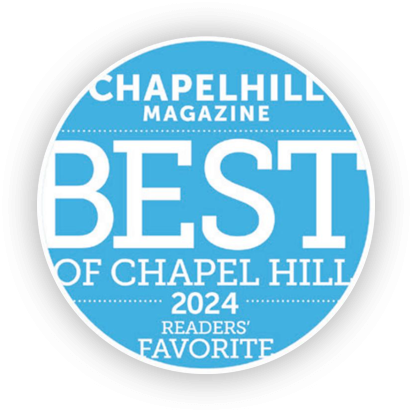Public Art and Advocacy – A brief interview with Barbara Tyroler

Let’s take a look at an upcoming event in the month of October, Public Art and Advocacy. The title of this panel may seem vague to some of you, but here to elucidate is FRANK Gallery artist Barbara Tyroler. Here is a quick Q&A session I had with Mrs. Tyroler that should help to answer your pressing questions about this event and why you should attend.
Talking with Barbara Tyroler
FRANK: What are some general questions the public might have about art/art advocacy that will be explored at the event?
BT: The questions to be discussed at the Oct. 23 panel are:
-
How does public art make a difference?
-
Why is a project like Rockin’ the Spectrum important for people with disabilities? For all members of our community? What are [the] stories that these images tell us?
-
When do the arts exploit disability—how do you know?
-
Can the arts address the stigma of disability?
-
What’s the relationship [between] art, advocacy, and community in your life?
-
How can public art become more vibrant in our community?
FRANK: In your experience, how has art advocacy influenced your life and/or the lives of others close to you?
BT: I come from a family that values community work. My mother was the director of social services for Orange County, my dad was in academic medicine and served on the faculty of the school of public health in epidemiology at UNC, my brother was a public defense lawyer, my other brother was a musician and later retired working as a counselor in the schools and community. I have been a commercial photographer and educator my entire life, although art has played a major role, mostly in public arts and community projects. I believe art does make a difference, either in a therapeutic setting, (my first career was in special education) or for pure enjoyment. My husband is an educator and a musician and I see the importance of art in his overall health and happiness. Our daughter is a talented artist who uses drawings and sketches for relaxation. She has illustrated articles in her academic publications to accompany her research. She also collaborates with me in art exhibitions.
FRANK: What will the evening be like from the perspective of an attendee? Will there be a schedule of events, refreshments, admission tickets or other merchandise sold, etc.
BT: The audience will likely represent a variety of experiences and interests—the arts/disability/advocacy/ASD/academia/community-based art—and others… And a cross-section of our community—families/students/self-advocates/advocates/ artists/musicians/community activists/administrators/service providers. We will start with the panel, followed by questions [and] refreshments. [The] audience will view the artwork in the gallery, and musicians will play in the background.
FRANK: What does art mean to you?
BT: Art is a means of self- expression and community appreciation. I use it as a tool as an educator, I use it therapeutically as a source of personal pleasure. Art allows one to get in touch with depth and meaning.
I would like to thank Barbara Tyroler for participating in this Q&A session, and I hope that you all will mark the Public Art and Advocacy panel on your calendars and come to this exciting panel to meet Mrs. Tyroler in person.
Event Details
-
What? – Public Art and Advocacy event
-
When? – October 23, 2014 from 6:00-9:00pm
-
Where? – FRANK Gallery in Chapel Hill, NC
-
Who? – Panelists include:
-
Barbara Tyroler, FRANK Gallery Artist and educator
-
Holly Riddle, J.D., M.Ed., Policy Adviser, NC Division of Mental Health, Developmental Disabilities and Substance Abuse Services, and former Director of The NC Council on Developmental Disabilities
-
Jeffery York, Chapel Hill Public and Cultural Arts Administrator
-
Amy Fowler, President of the Orange/Chatham Autism Society and parent of a child with Autism Spectrum Disorder
-
Deborah Zuver, panel facilitator, Director, Project STIR, UNC Carolina Institute for Developmental Disabilities
-
See you then, and as always, thank you for visiting FRANK Gallery.


